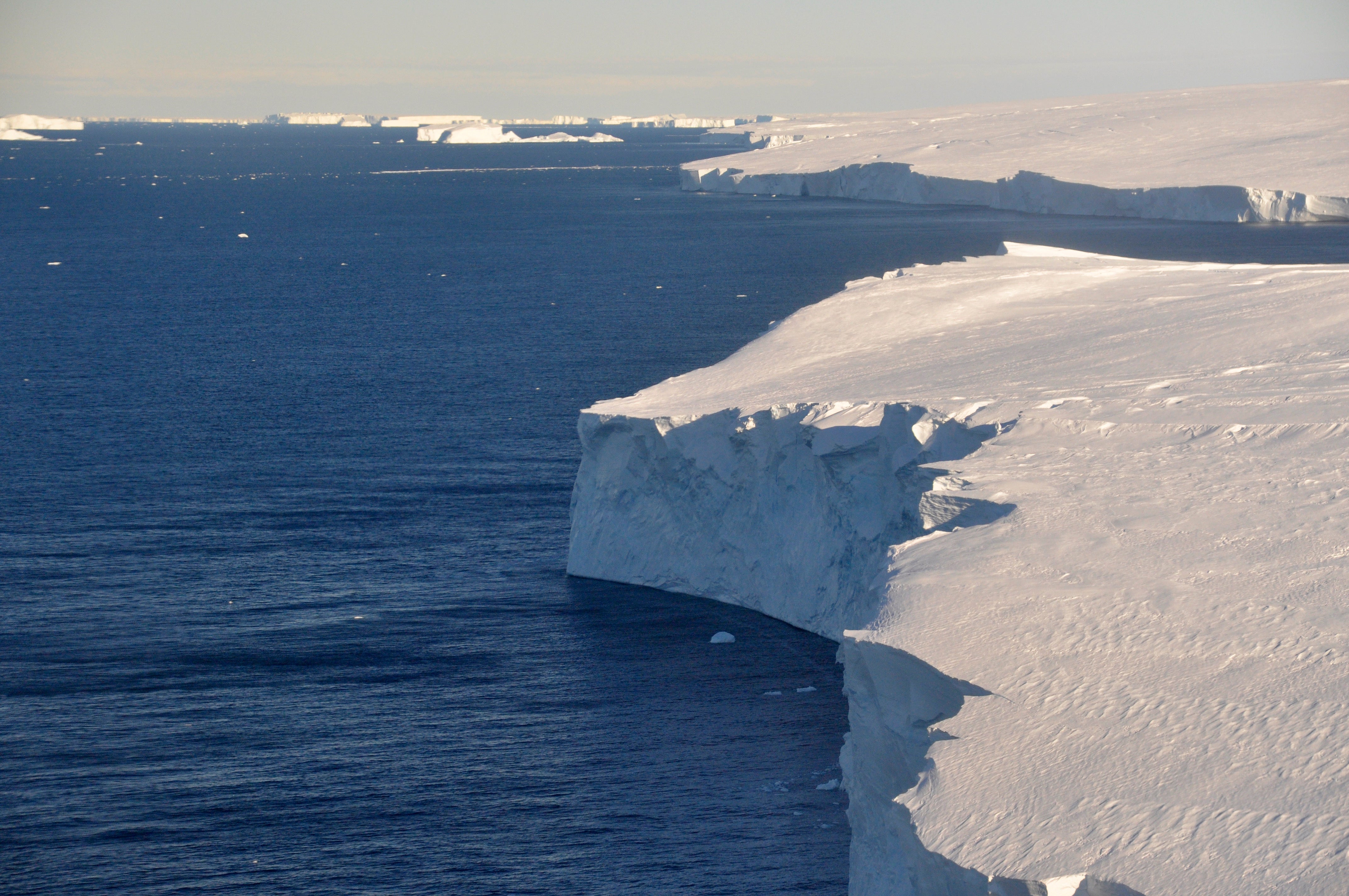Warning over Antarctic ice sheet ‘holding on by its fingernails’
The Thwaites Glacier is roughly the size of Florida

A massive ice sheet in West Antarctica has retreated twice as fast as previously thought over the past 200 years, researchers claim.
The loss of the Thwaites Glacier, which is roughly the size of Florida, and surrounding icy basins could raise the sea level from three to 10 feet, according to a study in Nature Geoscience led by marine geophysicist Alastair Graham at the University of South Florida’s College of Marine Science.
Scientists mapped a critical area of the seafloor in front of the glacier that gives them a window into how fast Thwaites retreated and moved in the past.
The imagery shows geologic features that are new to science, and also provides a kind of ‘crystal ball’ to see into Thwaites’ future.
The team documented more than 160 parallel ridges that were created, like a footprint, as the glacier’s leading edge retreated and bobbed up and down with the daily tides.
To understand Thwaites’ past retreat, the team analysed the rib-like formations submerged 700 metres beneath the polar ocean and factored in the tidal cycle for the region, as predicted by computer models, to show that one rib must have been formed every single day.
At some point in the last 200 years, over a duration of less than six months, the front of the glacier lost contact with a seabed ridge and retreated at a rate of more than 2.1 kilometres per year (1.3 miles per year) – twice the rate documented using satellites between 2011 and 2019.
“Our results suggest that pulses of very rapid retreat have occurred at Thwaites Glacier in the last two centuries, and possibly as recently as the mid-20th Century,” Graham said.
Study co-author Robert Larter from the British Antarctic Survey added: “Thwaites is really holding on today by its fingernails, and we should expect to see big changes over small timescales in the future – even from one year to the next – once the glacier retreats beyond a shallow ridge in its bed.”
To collect the imagery and supporting geophysical data, the team launched a robotic vehicle loaded with imaging sensors called ‘Rán’ from the ship R/V Nathaniel B. Palmer.
Rán, operated by scientists at the University of Gothenburg in Sweden, embarked on a risky 20-hour mission to map an area of the seabed in front of the glacier about the size of Houston – and did so in extreme conditions during an unusual summer notable for its lack of sea ice.
According to the United Nations, roughly 40 per cent of the human population lives within 60 miles.
Subscribe to Independent Premium to bookmark this article
Want to bookmark your favourite articles and stories to read or reference later? Start your Independent Premium subscription today.

Join our commenting forum
Join thought-provoking conversations, follow other Independent readers and see their replies